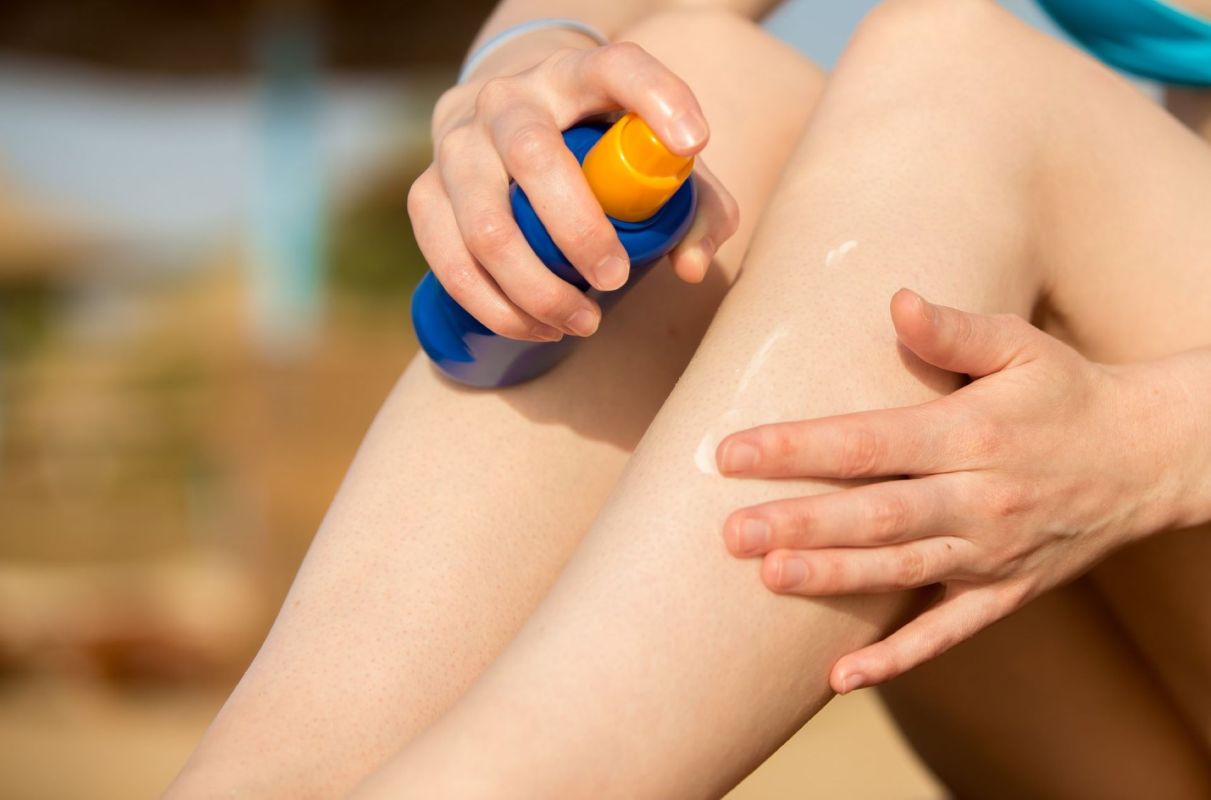Most of us likely grew up being told to always wear sunscreen, but we likely weren't told which sunscreen to wear. The problem with this is that while we're diligently protecting ourselves from the sun's rays, we may simultaneously be absorbing toxic chemicals into our bodies.
What's happening?
A report by the Environmental Working Group (EWG), a non-profit consumer advocacy group, shows that most sunscreens on shelves today contain at least one of 12 chemicals the U.S. Food and Drug Administration said need to be researched before they can be deemed safe.
For the report, the EWG tested over 1,700 sunscreen products for their safety and effectiveness, CNN reported. To obtain the EWG verification mark, sunscreens must meet their strict standards for ingredient safety, transparency, and efficacy.
EWG-verified sunscreens can't be made with any chemicals from their list of restricted ingredients unless they meet restrictions established by authoritative bodies and industry institutions.
Emily Spilman, Healthy Living Science program manager for the EWG, told CNN that the group "found only 25% of sunscreens on the market offer good broad-spectrum protection without troublesome chemical ingredients."
The report wasn't all bad news, however. Its data also showed that the use of oxybenzone has declined by over 50%. Spillman told CNN that this decline is likely due to concerns about its "environmental toxic effects as well as human health effects."
While this is good, David Andrews, EWG's senior scientist, also told CNN that "while manufacturers may be moving away from oxybenzone, a significant portion of the market is still made up of products using the 12 ingredients which can't be considered safe and effective without further testing."
Why does what sunscreen I use matter?
Not only are these ingredients bad for our health, but many are also terrible for our environment. So while it's important to protect ourselves from harmful UVA and UVB rays, we need to do it in a way that is safe for us and the environment.
Sunscreen doesn't stay on our skin. While a certain amount absorbs into our body, some also washes off, and many of the toxic chemicals used in common brands cause harm to coral reefs and other marine life.
What can I do about it?
Be diligent about what you put on your body and thus allow to seep into your skin and our waterways. Read the ingredients on your sunscreen, and make sure you opt for a clean product free from those toxic chemicals.
You can also use Ultraviolet Protection Factor (UPF) sunwear in place of sunscreen when it's an option.
Join our free newsletter for easy tips to save more, waste less, and help yourself while helping the planet.









